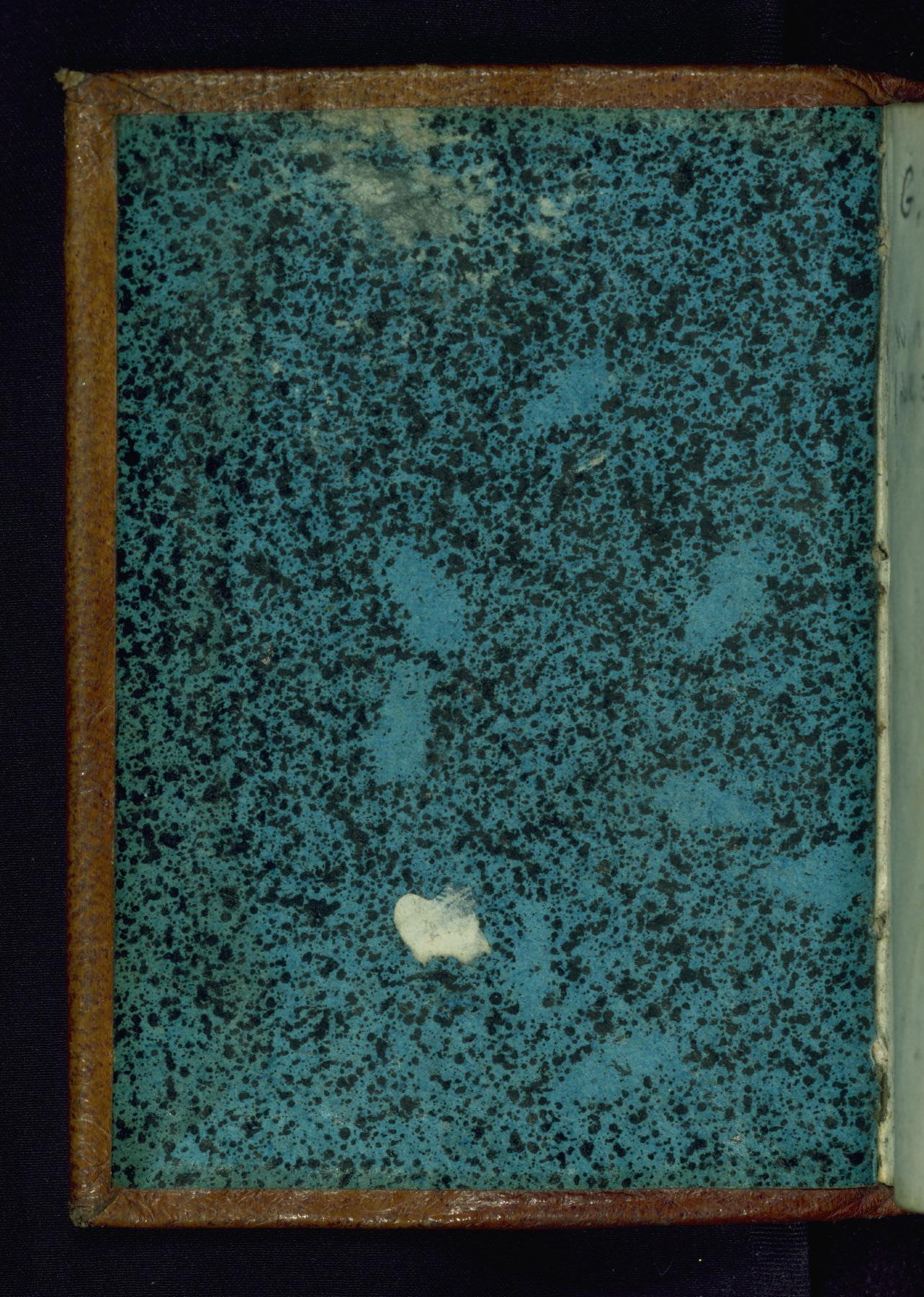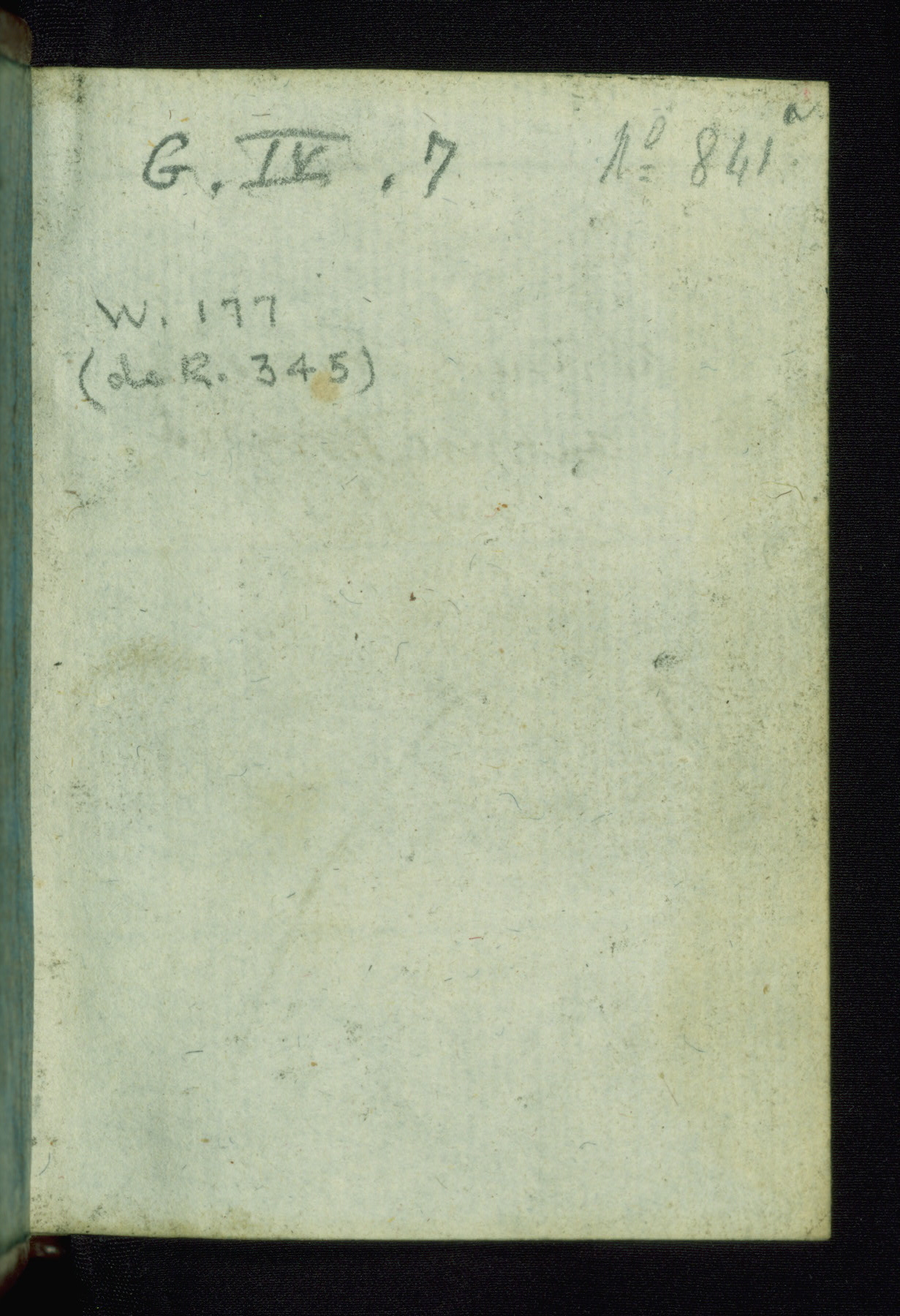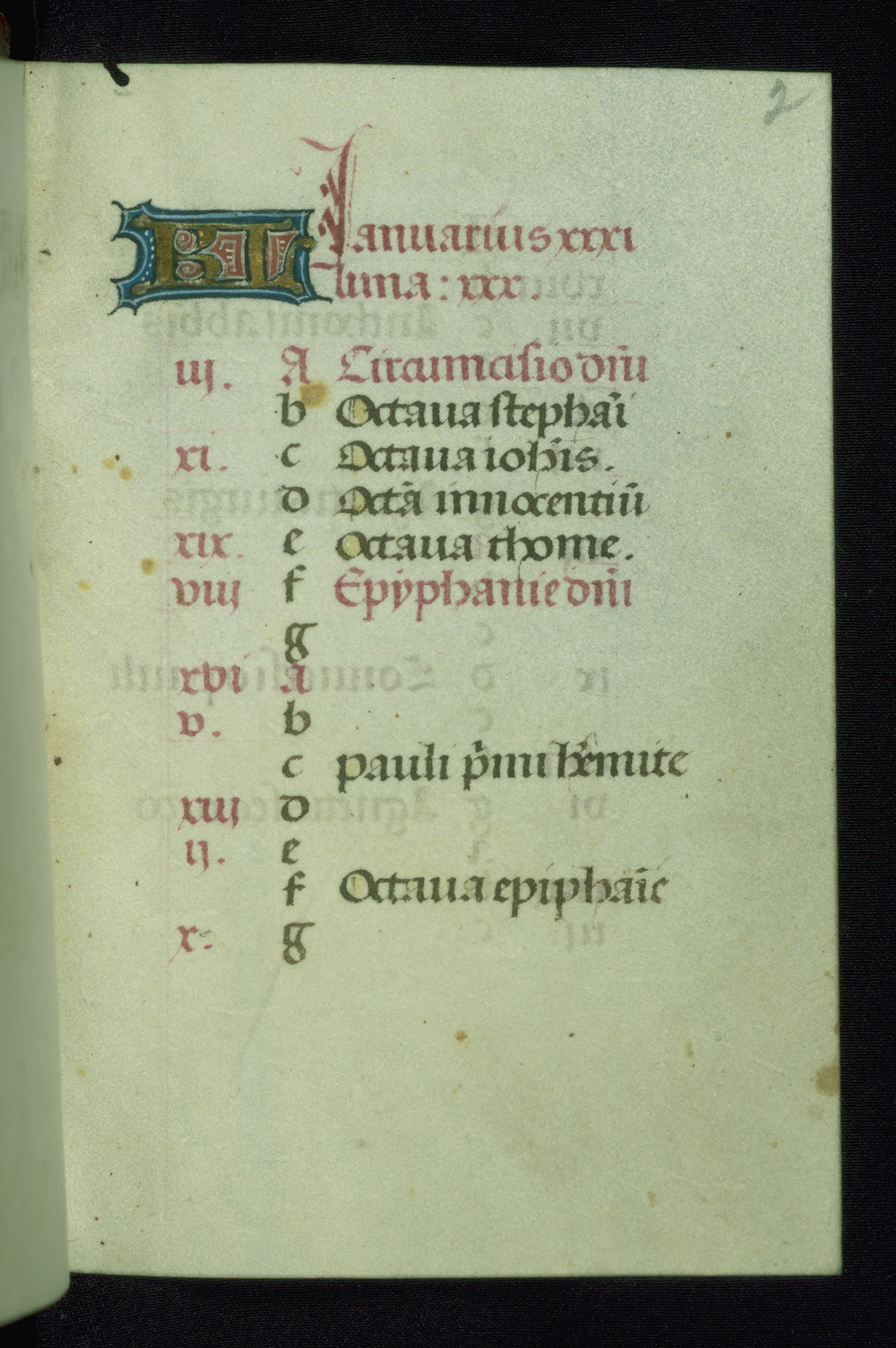Book of Hours (Use of Rome)
(Manuscripts and Rare Books, Medieval Europe )
This pocket-size Flemish Book of Hours was created in Bruges between 1460 and 1470. A heavy contingent of South Netherlandish and northern French saints in the litany helps localize its production. The Italianate script and later Italian provenance suggest that the manuscript might have been created for a member of the Italian community in Bruges. It contains twelve full-page miniatures produced by a single artist working in the style of the prolific mid-fifteenth-century Flemish illuminator Willem Vrelant. Several other Books of Hours in the Walters' collection are similar in style to this manuscript, exhibiting the characteristics of the Vrelant circle, notably W.179, W.180, and W.183.
Provenance
Provenance (from the French provenir, 'to come from/forth') is the chronology of the ownership, custody, or location of a historical object. Learn more about provenance at the Walters.
Given to Franciscus Antonius Noveria, 18th century [1]. Léon Gruel, Paris, late 19th-early 20th century [2]; purchased by Henry Walters, Baltimore; by bequest to Walters Art Museum, 1931.
[1] Gift inscription on verso of front flyleaf: "Ad usum Francisci Antonii Noveriae(?) ex dono C.M."
[2] His catalog number "No 841" on recto of front flyleaf
Exhibitions
| 2014-2016 | From Rye to Raphael: The Walters Story. The Walters Art Museum, Baltimore. |
Geographies
Belgium, Bruges (Place of Origin)
Measurements
Folio H: 3 1/8 × W: 2 3/8 in. (8 × 6 cm)
Credit Line
Acquired by Henry Walters
Location in Museum
Not on view
Accession Number
In libraries, galleries, museums, and archives, an accession number is a unique identifier assigned to each object in the collection.
In libraries, galleries, museums, and archives, an accession number is a unique identifier assigned to each object in the collection.
W.177












